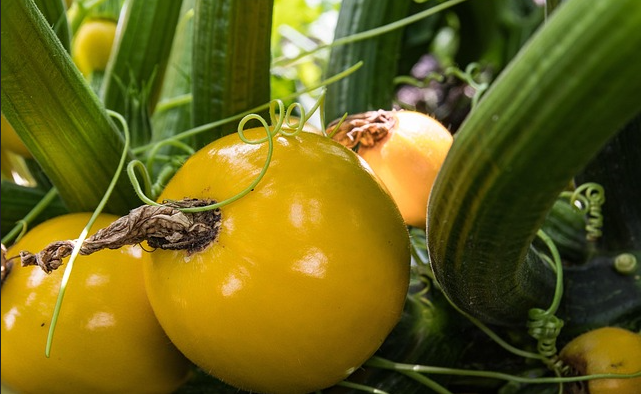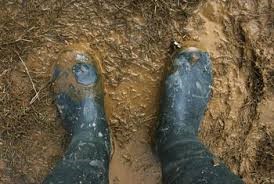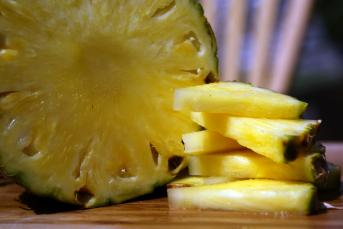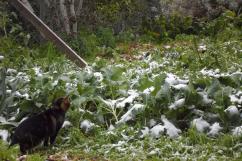The almond trees have already blossomed, and Purim has come and gone and soon the preparation marathon for Pesach will begin. These are all clear signs that slowly, cautiously, between a rainy day and a sunny day, the spring has arrived.
It brought the famous weather swing of March, where there is no point in cleaning windows, because between every few pleasant and warm days, a few days of rain and puddles and mud will sneak in. We can take a look out the window or check the weather forecast or also take a look at our organic vegetable boxes (or visit the store – we have great juices) and understand that the first signs of spring are already here, according to the vegetables that will look back at you from the box and shelf….
Organic peas and fava beans – of the classic signs of spring. They are sown and planted in early winter and then we wait… When the temperatures are low they grow slowly, waiting for some warmth. In fact, sowing beans is a pretty safe bet, because even if the crop does not go well (because the winter is too cold), the legumes that bind nitrogen will enrich the soil and improve it for future crops.
The peas, which have been cultivated and grown by humans for tens of thousands of years (in the Middle East, East Asia and Ethiopia), are on a bush that teaches patience: First, the temptation is great! Every box of peas that succeeds in reaching the store requires great will power. The pods are crispy and tempting, manually collected one by one…. Second, the pods are green, the leaves are green, the foliage is also green, it is very challenging o find he pods with this thicket, and by the time the eyes adjust to the task, the back begins to ache.
Peas, as the official representative of the legumes family, is relatively easy to digest and brings with it a wealth of vitamins (vitamin A, vitamin C, vitamin B and vitamin K, which is the least common and is most important for proper blood coagulation). The peas are also rich in proteins, amino acids and amongst them – tryptophan. Do you know that exhilarating feeling, in the spring, when everything begins to bloom, to scatter flower scents, rays of sunshine wash over everything and the heart expands? This feeling is caused by a magical chemical in the brain called dopamine, and tryptophan, i.e. eating peas, helps produce it. In other words, eat peas, and be in a wonderful spring mood (and with fewer migraines, anxieties and cardiovascular diseases).
Organic green garlic – If you meet a vegetable that looks a bit like an onion with a thick stem, a bit like a small leek with a thick base and smells like garlic, but a more subtle garlic aroma – you’re probably holding green garlic in your hand. This is the same garlic, only in its “baby” version, which was taken out of the ground before reaching full maturity. The cloves are softer and less spicy but with the same vitamin-rich value.
Once, many years ago, people savored garlic and saw it as a culinary bonus: The Israelites longed for the garlic they ate in Egypt when they wandered (and wondered) in the desert. The Cheops pyramid builders convened the workers committee at the local branch and announced unequivocally that if there is no garlic in their daily food – there will be a labor dispute and hey will not continue building pyramids. Hippocrates of Greece (the copyright of the Doctor's Oath is registered in his name) recommended using it to treat intestinal parasites, coughing, asthma and even leprosy.
The reason why garlic becomes more pungent while chewing is that it contains tiny, closed capsules with the active ingredients, which break and mix as we chew, creating a critical mass of spiciness (and smell, accordingly). The smell, by the way, can be easily eliminated by chewing any chlorophyll rich vegetable, or notably a handful of parsley. If also the hands have a garlic aroma – you can rub them with a little lemon. The leaves of the green garlic should be separated from the cloves so they do not “suck” the liquids from them, and store them separately. The leaves have a lot of excellent culinary uses – soups, pies, and even a spicy addition to green tehina or salad.
To health!
Yours,
The garden team
We can expect to receive in our organic vegetable baskets (draft only):
Cucumbers
Tomatoes
Lettuce
Potatoes
Carrots
Swiss chard
Parsley
Zucchini
Celery
Onions
In the LARGE vegetable baskets also:
Sweet potatoes
Cilantro
Red peppers
In the organic fruit baskets:
Oranges
Bananas
Sweetie
In the LARGE fruit baskets also:
Clementine
Red grapefruit












